
Articles
How To Store Crabs
Modified: February 26, 2024
Looking for articles on how to store crabs? Discover the best methods and techniques for properly storing crabs to maintain their freshness and flavor.
(Many of the links in this article redirect to a specific reviewed product. Your purchase of these products through affiliate links helps to generate commission for Storables.com, at no extra cost. Learn more)
Introduction
Crabs are a delicious seafood delicacy that many people enjoy. Whether you’ve caught the crabs yourself or bought them fresh from a seafood market, knowing how to properly store them is crucial to maintain their flavor and quality. Proper storage not only ensures the crabs remain alive and healthy but also helps prevent contamination and spoilage. In this article, we will guide you through the process of storing crabs, both live and cooked, to help you enjoy their delectable taste for longer periods. So let’s dive in and learn the art of crab storage!
Key Takeaways:
- Properly storing crabs involves choosing the right container, preparing the storage area, and maintaining the correct temperature. This ensures their freshness, flavor, and safety for a delightful dining experience.
- To maintain the quality of crabs, it’s crucial to avoid cross-contamination, regularly check for spoilage, and properly discard spoiled crabs. Following these practices ensures safe and enjoyable consumption.
Read more: How To Store Mussels
Choosing the Right Container
When it comes to storing crabs, selecting the appropriate container is key. The container should be spacious enough to accommodate the crabs without them feeling cramped, while also providing adequate ventilation. Using a container with a lid or cover is essential to prevent the crabs from escaping.
One popular option for storing live crabs is a crab pot or a wire mesh basket. These containers allow for proper drainage and ventilation, ensuring that the crabs stay alive and healthy. Alternatively, you can use a large plastic bucket or cooler with holes drilled into the sides for ventilation.
If you’re storing cooked crabs, opt for an airtight container or resealable plastic bags. Make sure the container is large enough to accommodate the crabs without damaging their shells.
Avoid using containers made of metal, as they can react with the crabs’ acidic juices and affect the flavor. Additionally, avoid using containers made of porous materials, such as wood, as they can absorb odors and make the crabs taste off.
Once you have chosen the right container, it’s essential to clean and prepare it properly before storing the crabs.
Preparing the Storage Area
Before storing crabs, it’s crucial to ensure that the storage area is clean and free from any contaminants. Follow these steps to prepare the storage area:
1. Clean the storage container: Thoroughly wash and sanitize the chosen container with warm water and mild dish soap. Rinse it well to remove any soap residue.
2. Disinfect the container: To further eliminate any bacteria or odors, disinfect the container using a diluted bleach solution. Mix one tablespoon of bleach per gallon of water and wipe down the container’s interior surfaces. Make sure to rinse it thoroughly afterward to remove any bleach residue.
3. Line the container: To prevent the crabs from coming into direct contact with the container’s surface, line it with a layer of clean seaweed, damp newspaper, or a clean kitchen towel. This lining will also help maintain proper humidity levels inside the container.
4. Prepare ice packs (for live crabs): If you’re storing live crabs, prepare ice packs by freezing clean seawater or putting crushed ice in sealed containers. These ice packs will help keep the crabs cool and moist during storage.
5. Find the perfect storage spot: Choose a location for storing the crabs that is cool, dark, and well-ventilated. Ideal storage temperatures range between 32°F (0°C) and 40°F (4°C) for live crabs and below 40°F (4°C) for cooked crabs. Avoid storing crabs near strong-smelling foods or chemicals that could affect their taste.
By properly preparing the storage area, you create an optimal environment for keeping the crabs fresh and flavorful.
Cleaning the Crabs
Before storing crabs, it’s important to clean them properly to remove any dirt, sand, or debris that may be present on their shells. Follow these steps to clean the crabs:
1. Rinse the crabs: Hold the crabs under cold running water and give them a gentle rinse. This will help remove any loose dirt or sand from their shells.
2. Brush the shells: Use a stiff brush or a seafood brush to scrub the shells of the crabs. Gently scrub in circular motions to remove stubborn dirt or algae. Pay special attention to the joints and crevices where dirt can accumulate.
3. Remove barnacles and debris: Inspect the shells of the crabs and carefully remove any barnacles or other debris using a knife or a crab pick. Take care not to damage the crab’s shell or claws during this process.
4. Discard damaged crabs: Any crabs with cracked or broken shells should be discarded as they may be contaminated or have compromised meat quality.
5. Rinse again: After cleaning, give the crabs a final rinse under cold running water to ensure they are thoroughly clean.
It’s essential to handle the crabs with care during the cleaning process to avoid injury. Use a pair of tongs or wear protective gloves if necessary.
Once the crabs are clean, they are ready to be stored. Just remember to keep them alive or cooked, depending on your preference, and maintain the proper storage conditions to ensure their freshness.
Keeping the Crabs Alive
If you want to store crabs alive, you need to create an environment that mimics their natural habitat and provides them with the conditions they need to survive. Here are some tips on how to keep crabs alive during storage:
1. Keep them moist: Crabs need to stay moist to survive. Place damp seaweed, soaked newspaper, or a clean damp cloth on top of the crabs in the container. This will help maintain the humidity level and prevent the crabs from drying out.
2. Provide ventilation: Make sure the container has adequate ventilation to allow fresh air to circulate. This is crucial for the crabs’ respiration and helps remove any excess heat or odor.
3. Maintain the right temperature: Live crabs should be stored at temperatures between 32°F (0°C) and 40°F (4°C). Use ice packs or crushed ice to keep the temperature cool but not freezing. Check the temperature regularly and replenish the ice packs as needed.
4. Avoid direct contact with ice: Although crabs need to be kept cool, they should not come into direct contact with ice. Place a layer of seaweed or a clean towel between the crabs and the ice packs to prevent freezing or damage to their shells.
5. Handle with care: When handling live crabs, be gentle and avoid any sudden movements or rough handling that could harm them. Use a pair of tongs or wear protective gloves to minimize the risk of being pinched by their claws.
Remember, the crabs need to be stored in the live condition for no longer than a day or two. Always select the freshest crabs available and prioritize cooking or consuming them as soon as possible to enjoy their optimal taste and texture.
By following these steps, you can ensure that the crabs remain alive and in good condition during storage, ready to be cooked and savored at your convenience.
Read more: How To Store Oysters
Storing Live Crabs
Storing live crabs requires careful attention to ensure their wellbeing and freshness. Follow these steps to properly store live crabs:
1. Place the crabs in the chosen container: Gently transfer the live crabs into the container, making sure they fit comfortably without overcrowding. Avoid stacking the crabs on top of each other, as this can cause stress and impact their movements.
2. Provide ample moisture: To maintain the crabs’ moisture levels, add a layer of damp seaweed or a clean damp cloth on top of them. This helps prevent dehydration and keeps them in a more natural environment.
3. Close the container securely: Cover the container with a lid or secure the top with a towel or plastic wrap to prevent the crabs from escaping. Make sure to leave some space for ventilation to allow fresh air to circulate.
4. Store in a cool location: Place the container in a cool spot, such as a basement or refrigerator, with temperatures ranging between 32°F (0°C) and 40°F (4°C). Avoid storing the crabs near strong-smelling foods, as crabs can absorb odors easily.
5. Check on the crabs regularly: Monitor the crabs periodically to ensure they remain alive and healthy. Look out for any signs of distress or illness, such as lethargy, foul odor, or unusual discoloration.
It is essential to note that live crabs should be consumed within a day or two of purchase or capture. The longer they are stored, the higher the risk of deterioration in quality and taste. Therefore, it is recommended to cook live crabs as soon as possible for the freshest and most enjoyable dining experience.
By following these steps, you can prolong the survival and freshness of the crabs, allowing you to prepare them at your convenience while ensuring the best possible flavor.
Store live crabs in a cool, damp environment, such as a cooler with ice packs or a damp towel. Keep them covered with a damp cloth to prevent them from drying out. Avoid storing them in airtight containers or directly on ice, as they need access to oxygen and moisture.
Storing Cooked Crabs
If you have cooked crabs that you need to store, it’s important to follow proper storage techniques to maintain their flavor and quality. Here are the steps to effectively store cooked crabs:
1. Allow the crabs to cool: Let the cooked crabs cool down to room temperature before storing them. This prevents the buildup of condensation, which can lead to moisture and spoilage.
2. Remove the shells (optional): If desired, you can remove the shells from the cooked crabs to save space and make storage more convenient. However, leaving the shells intact can help protect the meat from drying out.
3. Place the crabs in an airtight container: Transfer the cooked crabs to an airtight container or resealable plastic bags. Make sure there is enough space in the container to prevent the crabs from getting squished or damaged.
4. Seal and refrigerate: Seal the container tightly or close the bags securely to create a barrier against air and moisture. Place the container in the refrigerator for storage.
5. Label and date: It’s helpful to label the container or bags with the date of storage. This allows you to keep track of their freshness and use them within the recommended time frame.
6. Consume within 2-3 days: Cooked crabs should be consumed within 2-3 days of being stored in the refrigerator. Beyond this timeframe, the quality and taste may start to decline.
When ready to enjoy the cooked crabs, you can reheat them by steaming, sautéing, or grilling. Be sure to follow proper reheating guidelines to ensure the crabs are heated thoroughly and safely.
By following these steps, you can store cooked crabs properly and extend their shelf life, allowing you to savor their delicious flavor at a later time. Remember to prioritize consuming them within a few days for the best taste and texture.
Maintaining Proper Temperature
Temperature control plays a crucial role in preserving the quality and freshness of stored crabs. Whether you are storing live crabs or cooked crabs, it’s essential to maintain the proper temperature to ensure their longevity. Here are some guidelines for maintaining the correct temperature:
1. Live crab storage temperature: Live crabs should be stored at temperatures between 32°F (0°C) and 40°F (4°C). This range keeps the crabs in a dormant state while preserving their vitality. Use a thermometer to monitor the temperature inside the storage area and make adjustments as necessary.
2. Cooked crab storage temperature: Cooked crabs should be stored below 40°F (4°C). Keeping them chilled prevents bacterial growth and maintains their texture and flavor. Place the cooked crabs in the refrigerator immediately after they have cooled down.
3. Utilize ice packs: For live crab storage, place ice packs or crushed ice in the container with the crabs to help maintain the desired temperature. It’s essential to avoid direct contact between the crabs and the ice packs, so they don’t freeze or become damaged.
4. Regularly check and replenish ice: Monitor the ice packs or crushed ice in the container and replenish them as needed. This ensures that the crabs remain cool throughout the storage duration.
5. Avoid temperature fluctuations: Fluctuating temperatures can be detrimental to the quality of the crabs. Keep the storage area stable by avoiding exposure to direct sunlight, heat sources, or drafts that can cause temperature inconsistencies.
6. Monitor refrigerator temperature: If you are storing crabs in the refrigerator, periodically check the refrigerator temperature to ensure it remains within the recommended range. Adjust the temperature settings if necessary.
Remember that maintaining proper temperature is crucial for preserving the crabs’ taste, texture, and overall quality. Failure to store them at the correct temperature may result in spoilage, loss of flavor, or potential health risks.
By following these temperature guidelines and making necessary adjustments when needed, you can ensure that your crabs remain fresh and delicious during storage.
Avoiding Cross-Contamination
Cross-contamination is a significant concern when storing crabs, as it can lead to the transfer of harmful bacteria and affect the quality and safety of the seafood. To prevent cross-contamination and ensure the freshness of your crabs, follow these guidelines:
1. Separate live and cooked crabs: Keep live crabs and cooked crabs in separate containers to avoid the risk of cross-contamination. This separation is crucial because the bacteria present on live crabs can multiply and contaminate the cooked ones.
2. Use different storage utensils: When handling live and cooked crabs, use separate utensils such as tongs, gloves, or spoons to prevent any potential transfer of bacteria. Do not use the same utensils for both live and cooked crabs without proper cleaning in between.
3. Clean storage containers thoroughly: Before storing crabs, ensure that the storage containers are cleaned and sanitized properly. Wash the containers with warm water and mild dish soap, and rinse them thoroughly to remove any residue. This step helps eliminate any traces of bacteria that could contaminate the crabs.
4. Avoid using porous materials: Choose storage containers made of non-porous materials such as plastic, glass, or stainless steel. Porous materials like wood or bamboo can absorb bacteria and odors, increasing the risk of cross-contamination.
5. Handle crabs with clean hands: Always wash your hands thoroughly with soap and water before handling crabs. This step prevents the transfer of bacteria from your hands to the crabs and helps maintain food safety.
6. Store in sealed containers: Keep crabs in sealed, airtight containers to prevent any potential contamination from other foods or the storage environment. This practice reduces the risk of bacteria or odors from entering the crab’s container and affecting its quality.
7. Store on lower shelves: If storing crabs in a refrigerator, place them on the lower shelves to prevent any accidental drips or leaks from contaminating other foods. Keep the crabs away from ready-to-eat foods to avoid any bacterial transfer.
By following these practices, you can effectively minimize the risk of cross-contamination and maintain the integrity of your stored crabs. These precautions ensure that the crabs remain safe, flavorful, and enjoyable to eat.
Read more: How To Store Lobster
Checking for Spoilage
When storing crabs, it’s important to regularly check for signs of spoilage to ensure their quality and safety. Here are some indicators to look for when inspecting the crabs:
1. Foul odor: Observe if there is any unusual or strong odor emanating from the crabs. A foul or pungent smell can indicate bacterial growth and spoilage. Fresh crabs should have a mild, seawater scent.
2. Discoloration: Check the color of the crab’s shell and meat. Fresh crabs should have vibrant, natural colors. Signs of discoloration, such as blackening or dark spots, may suggest that the crabs are no longer fresh.
3. Texture: Pay attention to the texture of the crab’s meat. Fresh crab meat is firm and springy. If the meat feels soft, mushy, or slimy, it may indicate spoilage.
4. Shell integrity: Examine the shell of the crab for any cracks or damage. Crabs with broken shells are more susceptible to contamination and may indicate poor quality or mishandling.
5. Movement and liveliness (for live crabs): If storing live crabs, inspect their activity level. Live crabs should exhibit some movement and respond when gently prodded. Lethargic, non-responsive crabs may be a sign of poor health or imminent spoilage.
6. Visual signs of decay: Look for any visual signs of decay, such as mold or unusual growth on the crabs. These are clear indications that the crabs have spoiled and should not be consumed.
If you notice any of these signs, it’s best to discard the affected crabs immediately. Consuming spoiled seafood can lead to foodborne illnesses and can be potentially harmful to your health.
Regularly monitoring and checking for spoilage ensures that you only consume fresh and safe crabs, providing you with a delightful dining experience.
Properly Discarding Spoiled Crabs
When you discover that crabs have spoiled or are no longer safe for consumption, it’s crucial to handle their disposal properly to prevent any further contamination or health risks. Here are the steps to properly discard spoiled crabs:
1. Separate from other food: Immediately isolate the spoiled crabs from any other food items to prevent cross-contamination. This step helps to contain any bacteria or odors that may be present.
2. Double bagging: Place the spoiled crabs in a double layer of sturdy plastic bags to minimize any potential leakage or odors. Securely tie the bags to ensure they are sealed tightly.
3. Seal the disposal container: If discarding the spoiled crabs in your household garbage, place the double-bagged crabs in a sturdy, leak-proof container with a tightly sealed lid. This prevents any potential leaks or odors from spreading.
4. Follow local regulations: Check your local regulations regarding the proper disposal of seafood waste. Some areas may have specific guidelines or requirements for seafood disposal. Follow these guidelines to ensure compliance and environmental responsibility.
5. Consider composting: If you have access to a composting system or compost pile, you may be able to compost the spoiled crabs. However, check with local authorities or guidelines to ensure that seafood waste is suitable for composting in your area.
6. Avoid flushing down the drain: Do not dispose of the spoiled crabs by flushing them down the drain or toilet. Seafood waste can cause blockages in plumbing systems and have a negative impact on the environment.
By properly discarding spoiled crabs, you minimize the risk of contamination and maintain a safe and hygienic environment. Responsible disposal ensures that you protect your health, as well as the well-being of your community and the environment.
Remember, it’s crucial to prioritize the consumption of fresh and properly stored crabs to avoid the risk of spoilage. Regular inspections and proper storage techniques can help you maximize the freshness and flavor of your crabs.
Conclusion
Properly storing crabs is essential to maintain their freshness, flavor, and quality. Whether you are storing live crabs or cooked crabs, following the right techniques ensures that they remain safe to consume and enjoyable to eat. From choosing the right container and preparing the storage area to cleaning the crabs and maintaining the correct temperature, each step plays a crucial role in preserving their taste and longevity.
When storing live crabs, creating a suitable environment that mimics their natural habitat is vital. Keeping them moist, providing ventilation, and maintaining the right temperature are key components of successful live crab storage. On the other hand, storing cooked crabs requires proper cooling, sealing, and refrigeration to prevent bacterial growth and maintain their texture and flavor.
During the storage process, it’s important to be mindful of cross-contamination. Separating live and cooked crabs, using different utensils, and maintaining clean storage containers help prevent the transfer of bacteria and ensure food safety. Regularly checking for spoilage, such as foul odors, discoloration, or unusual texture, allows you to identify and discard any spoiled crabs promptly.
By following these storage guidelines and proper disposal practices for spoiled crabs, you can ensure that your seafood remains fresh and safe to eat. Remember to prioritize the consumption of crabs within the recommended timeframes to fully enjoy their exquisite flavors. Whether you’re preparing an indulgent crab feast or simply savoring a delightful crab dish, proper storage techniques will help you enhance your culinary experience and relish the wonderful taste of these delectable crustaceans.
Frequently Asked Questions about How To Store Crabs
Was this page helpful?
At Storables.com, we guarantee accurate and reliable information. Our content, validated by Expert Board Contributors, is crafted following stringent Editorial Policies. We're committed to providing you with well-researched, expert-backed insights for all your informational needs.
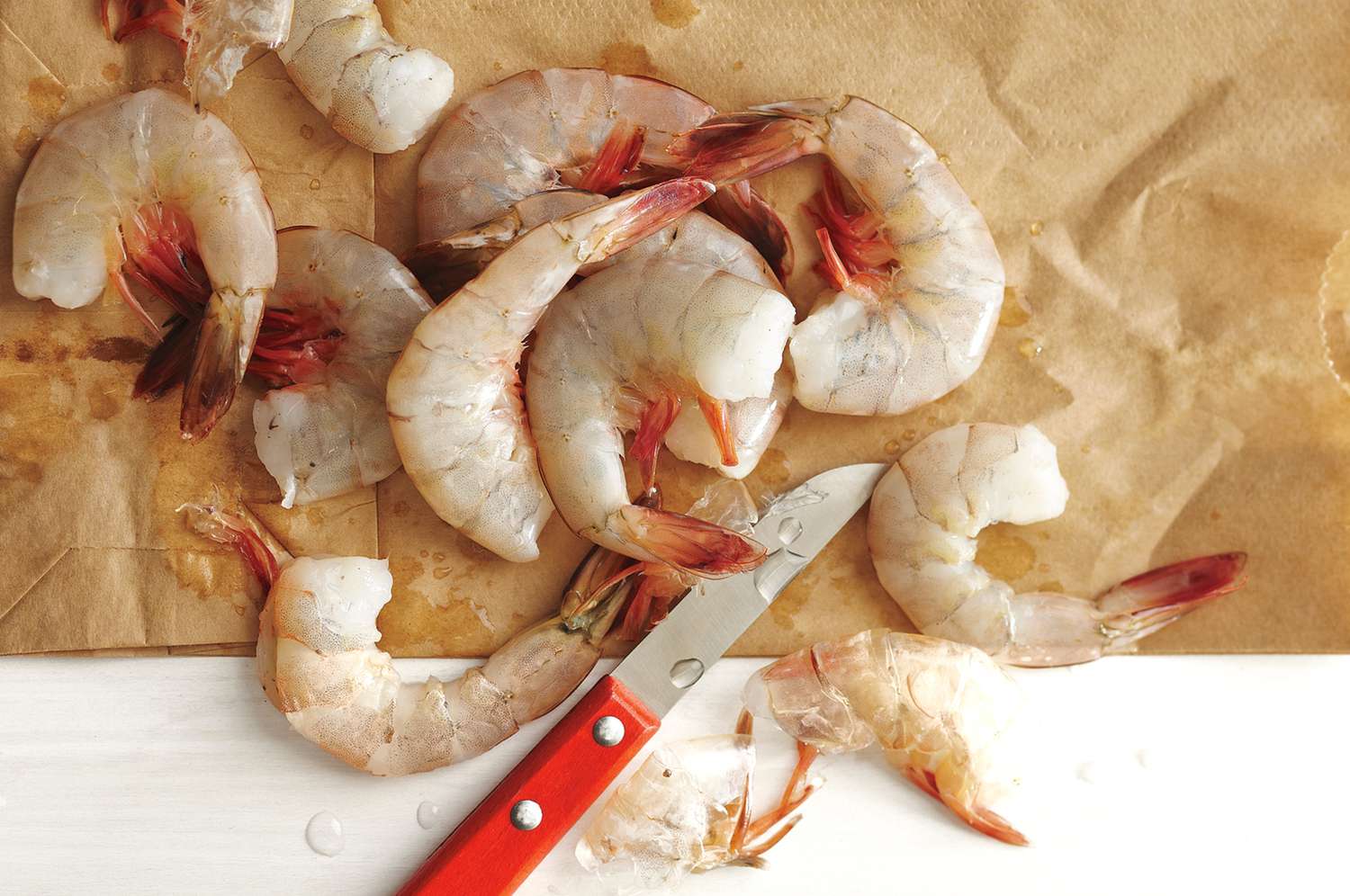
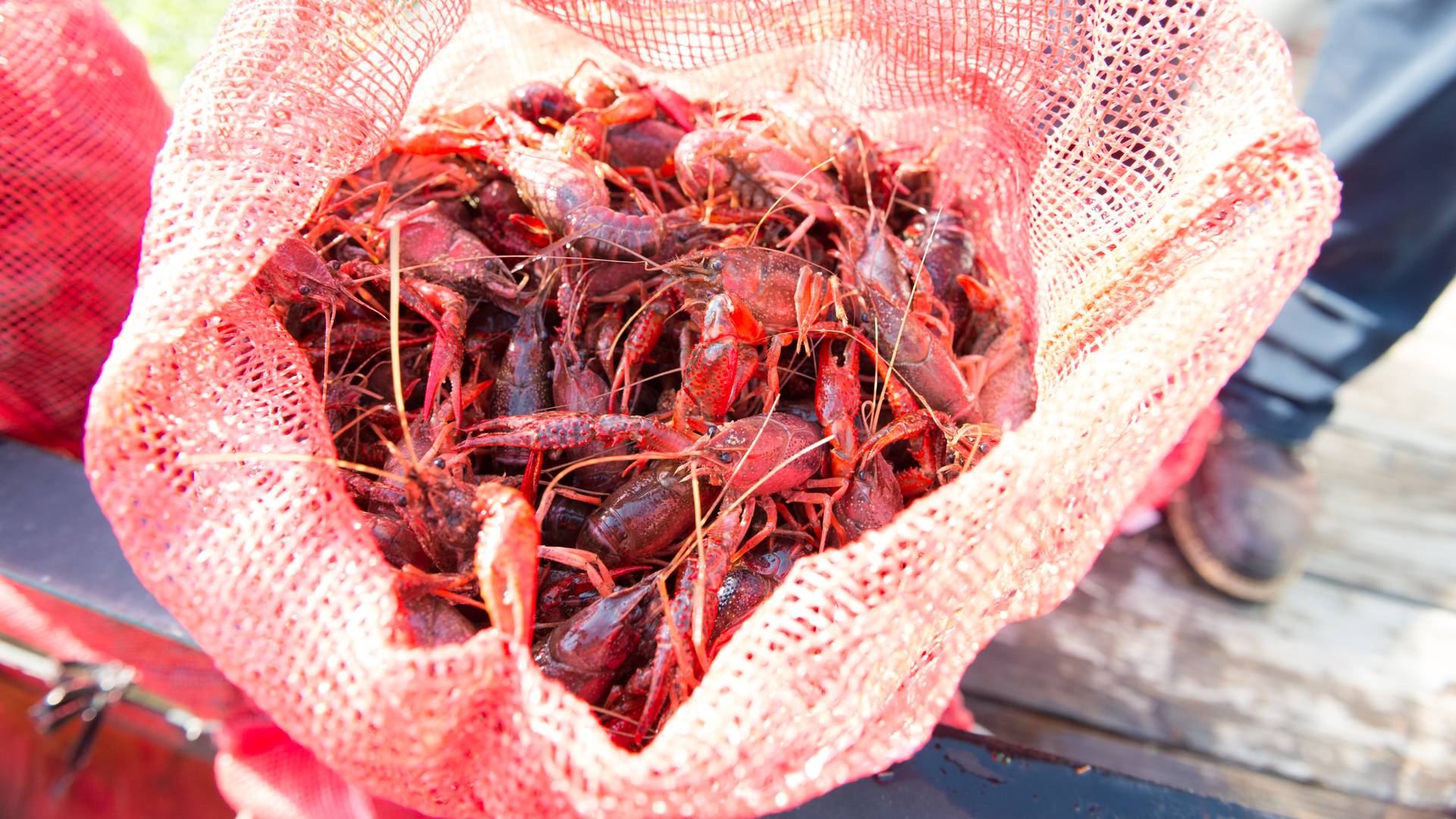
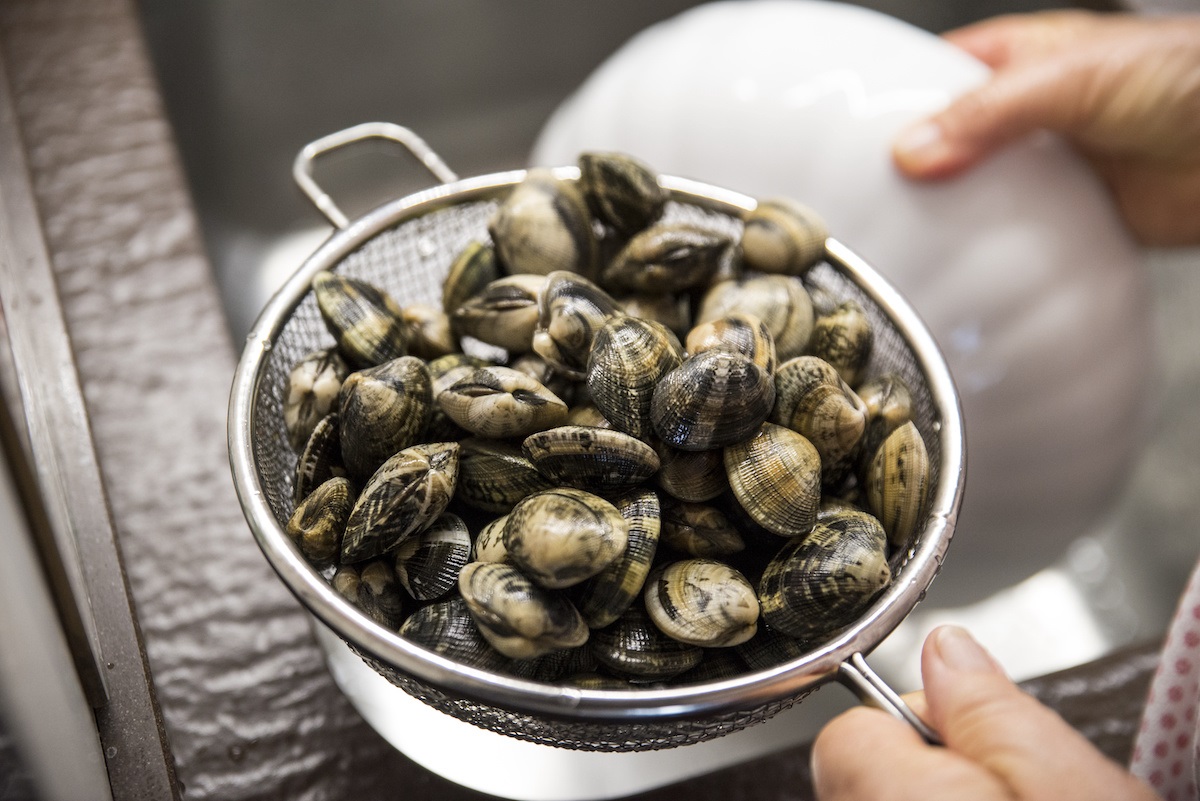
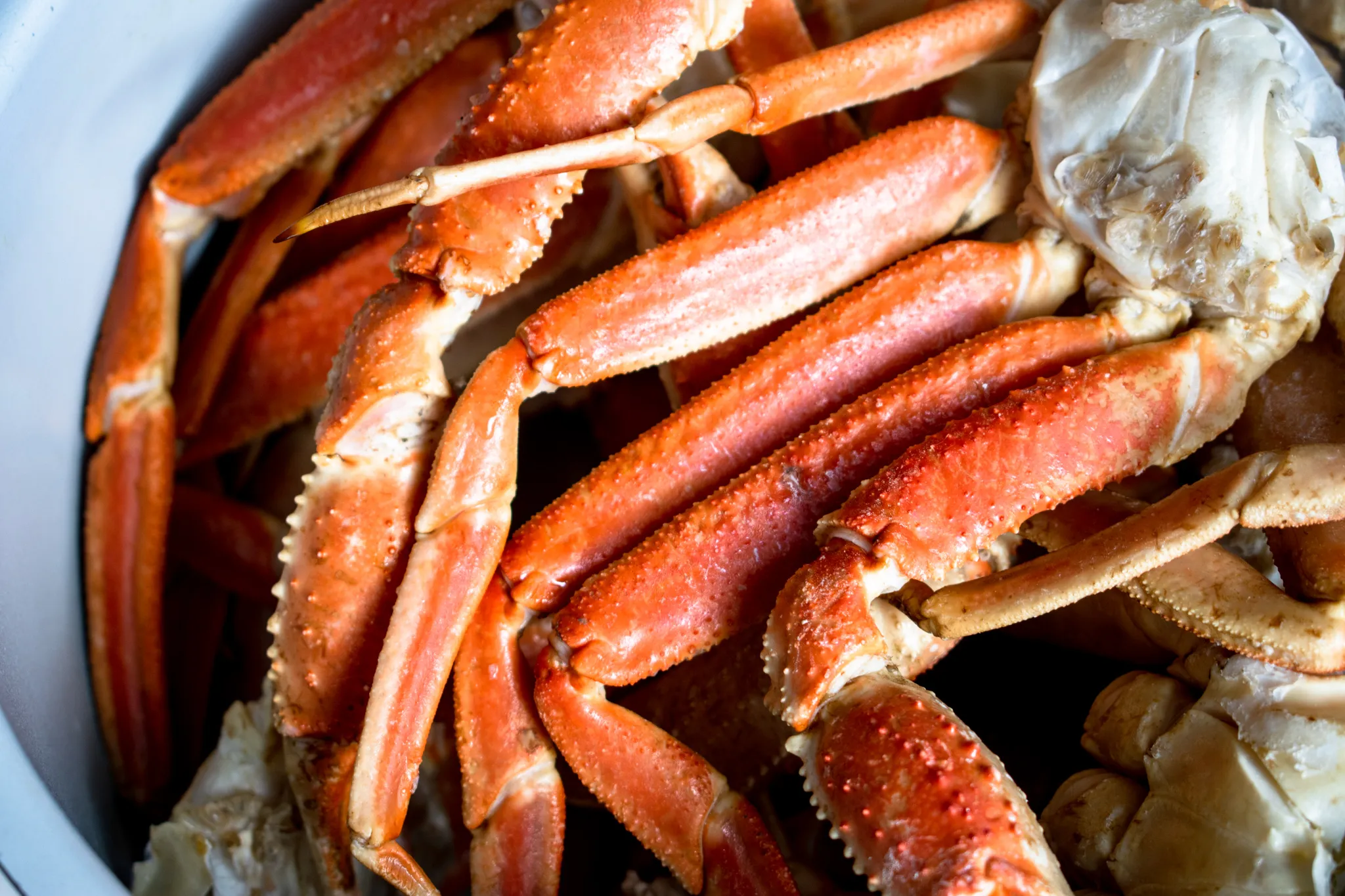
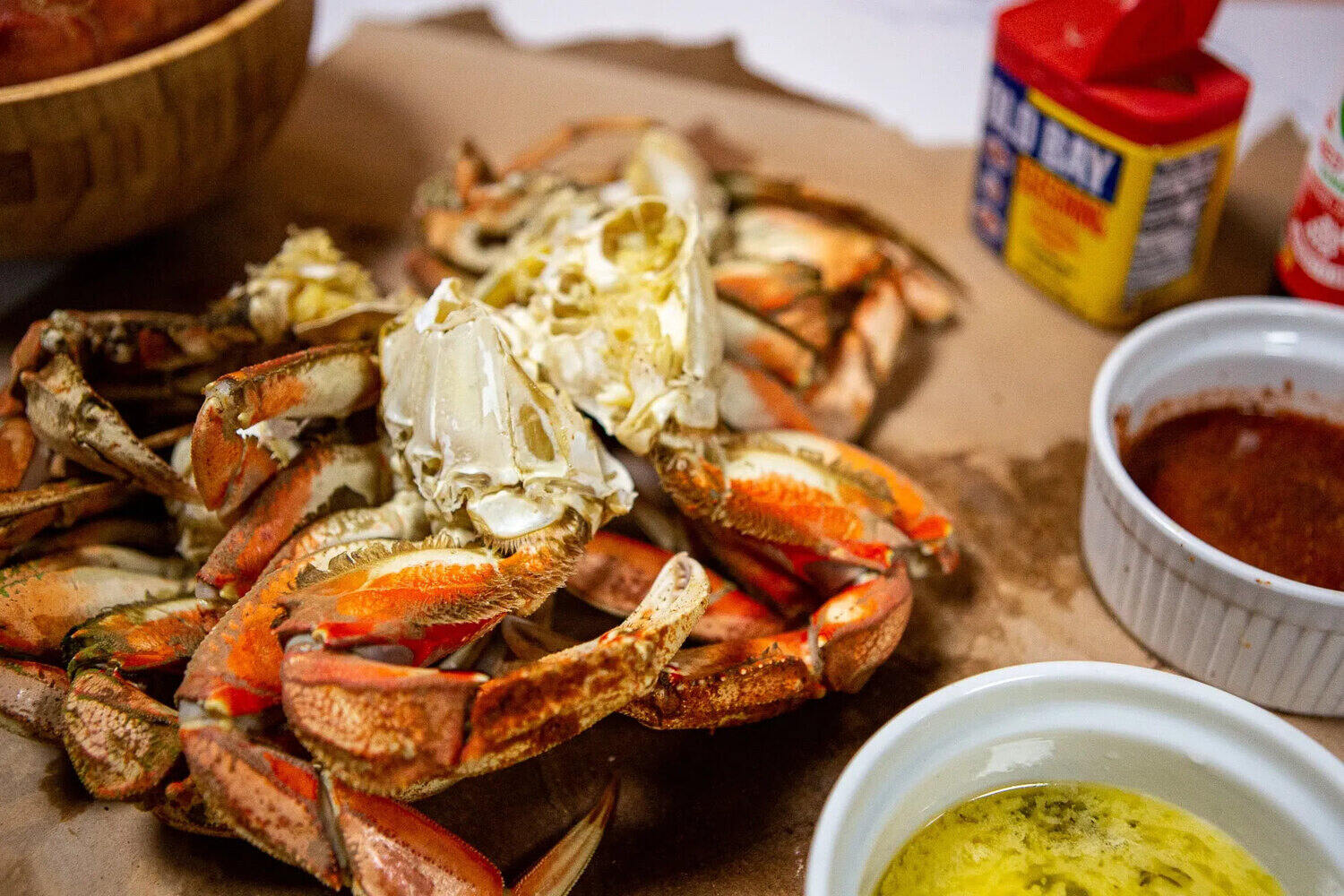
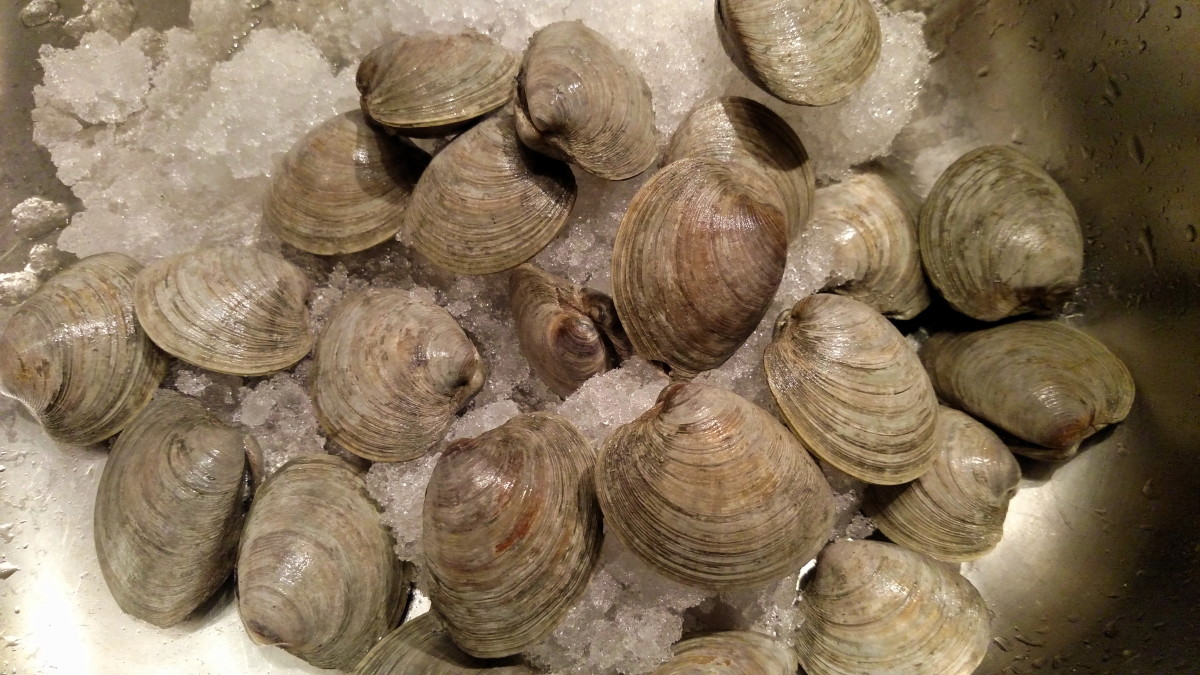
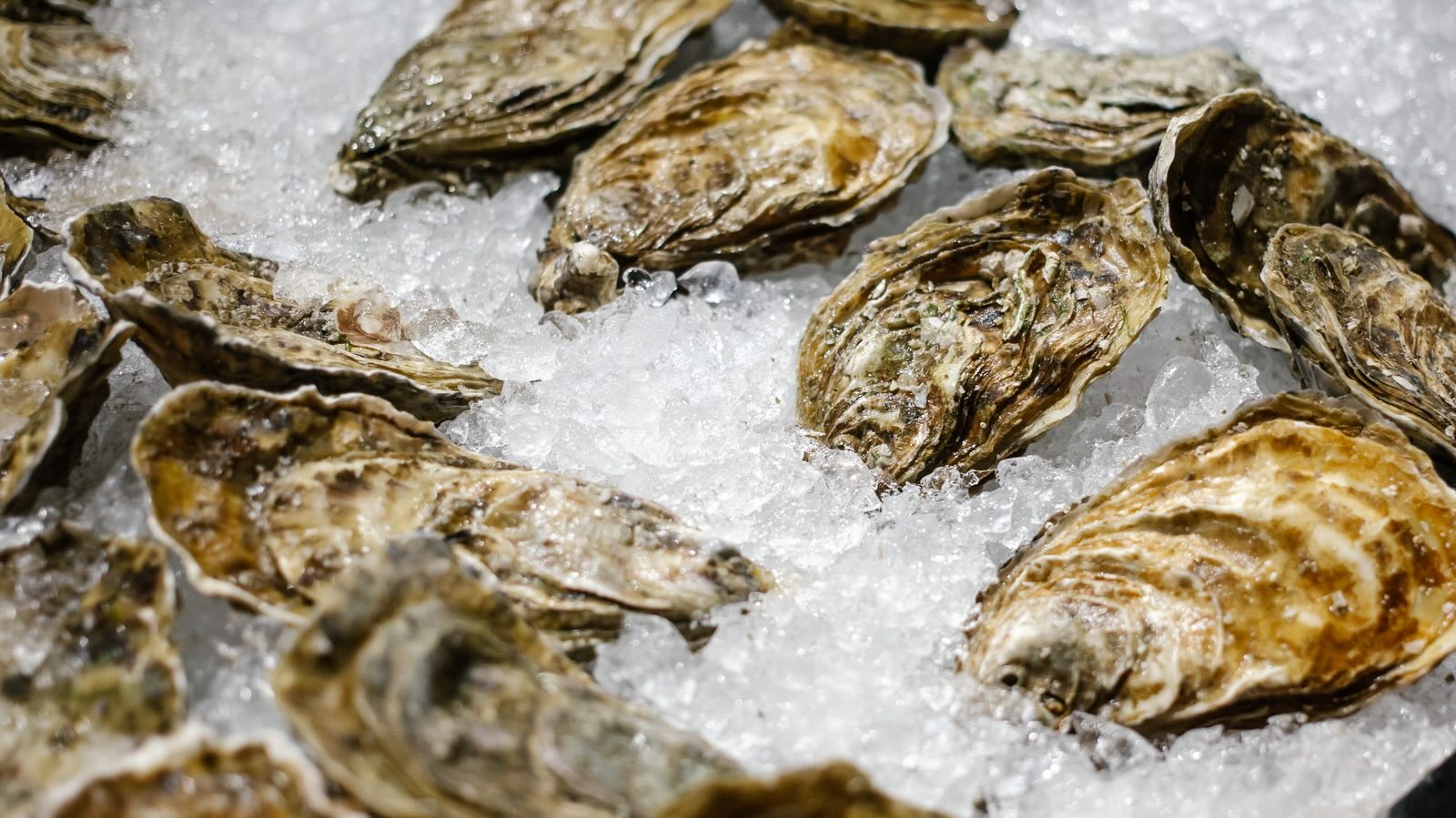
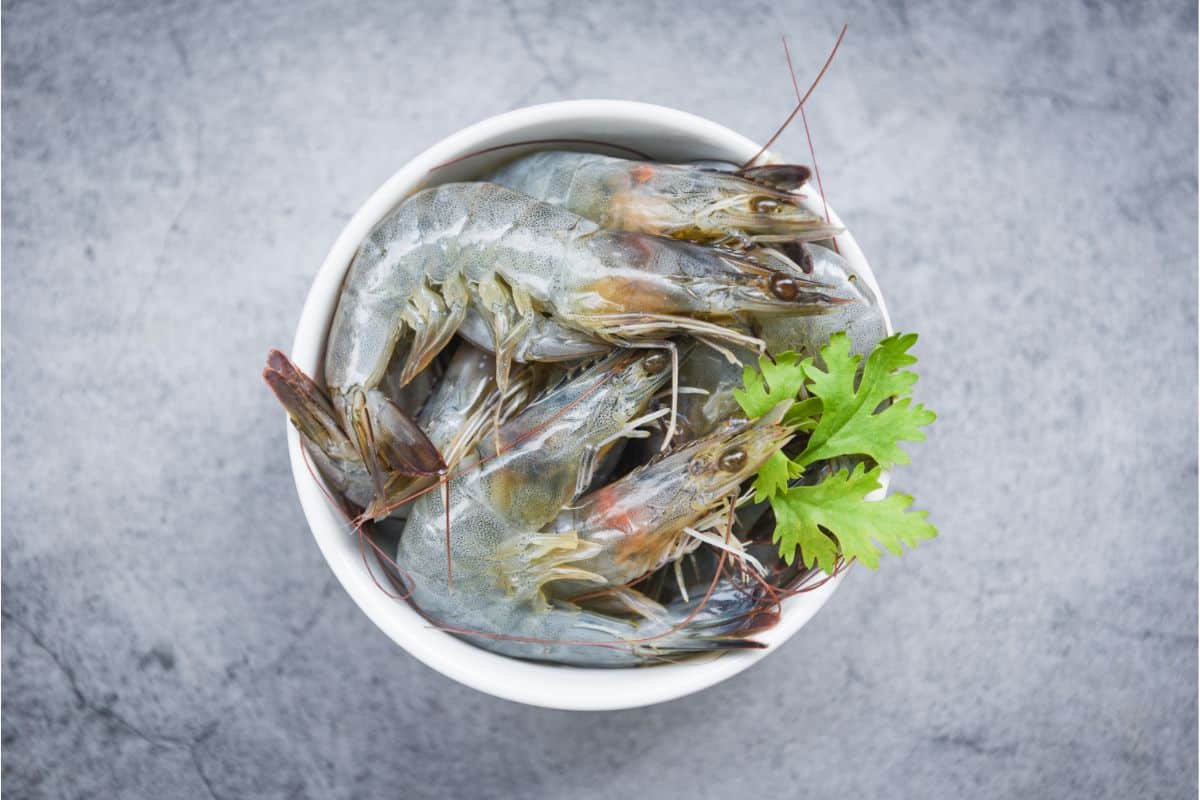
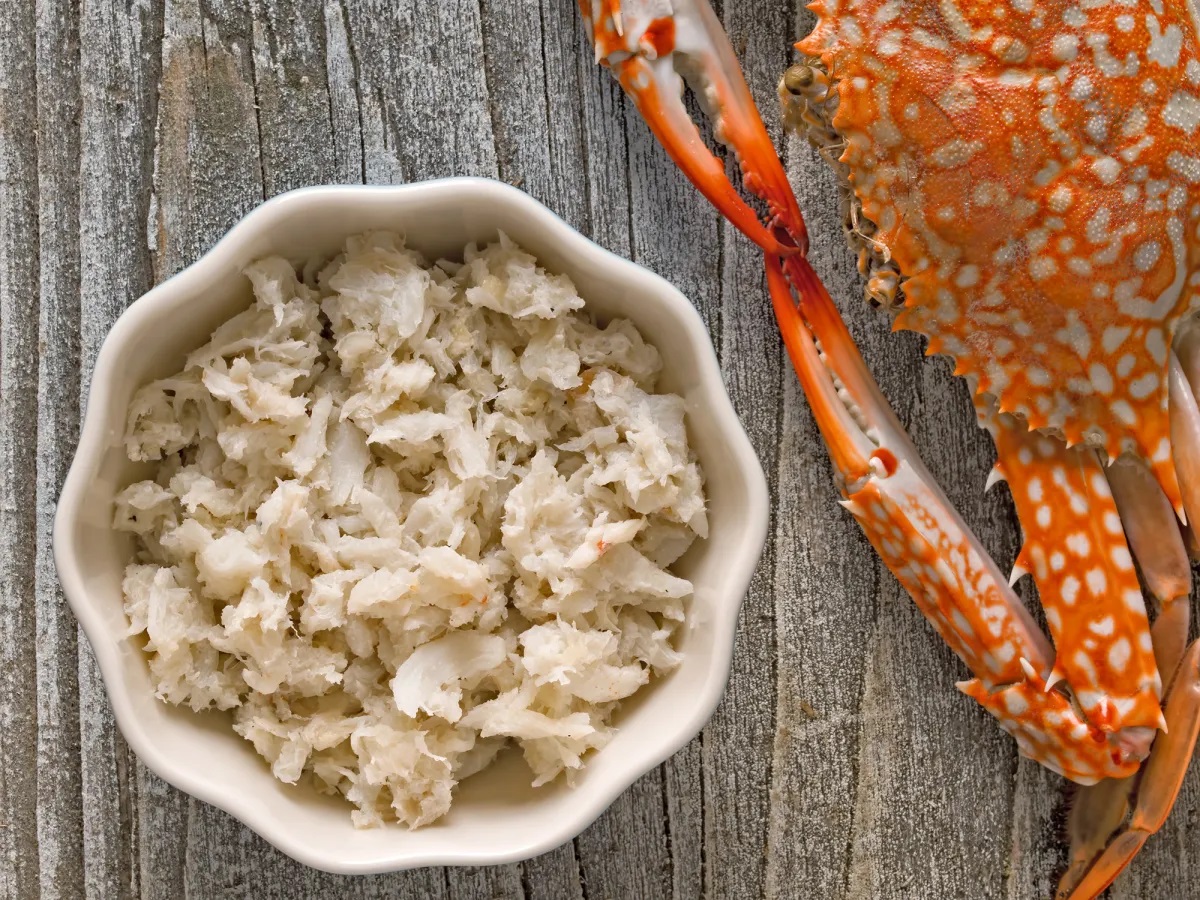
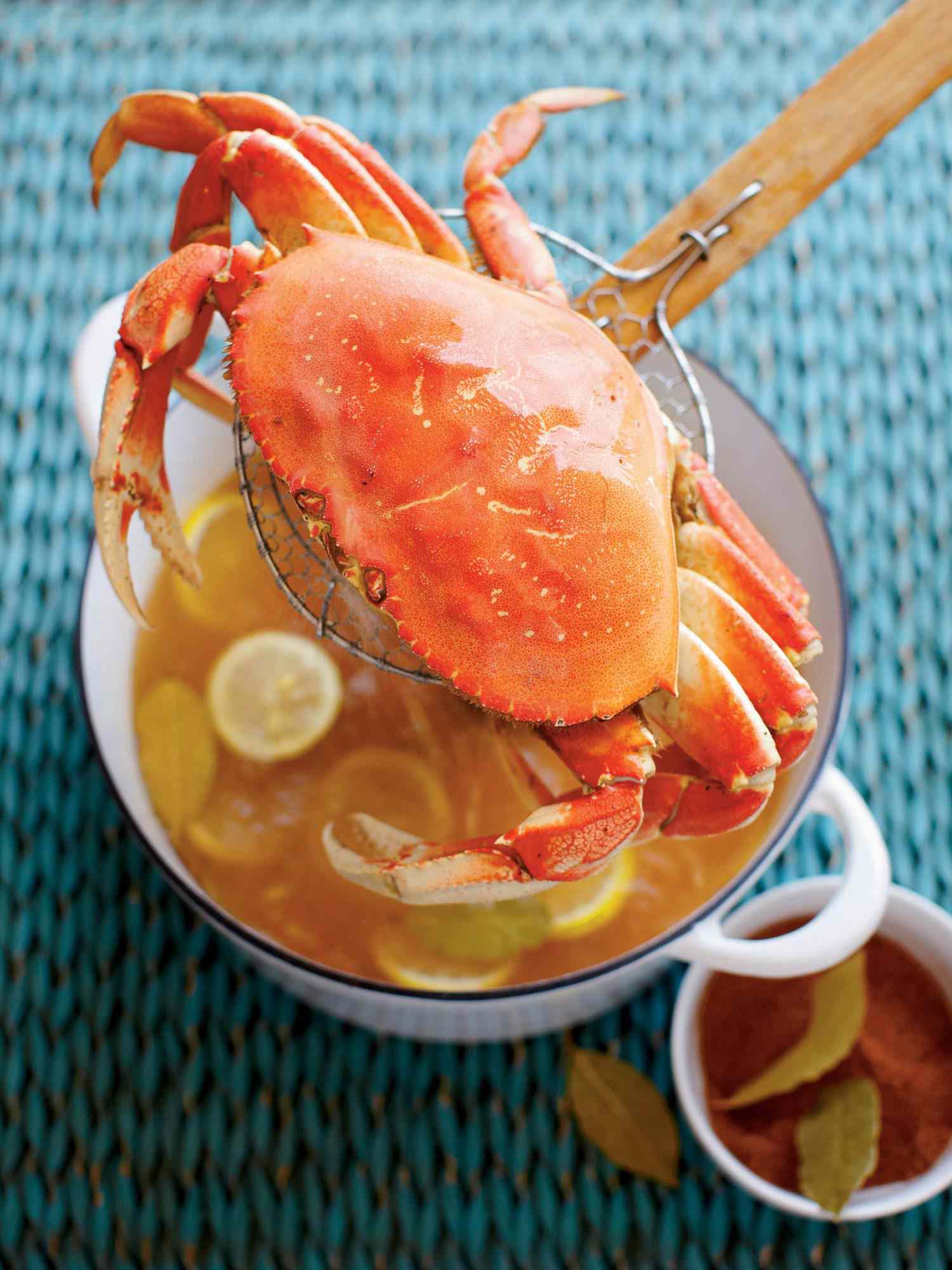
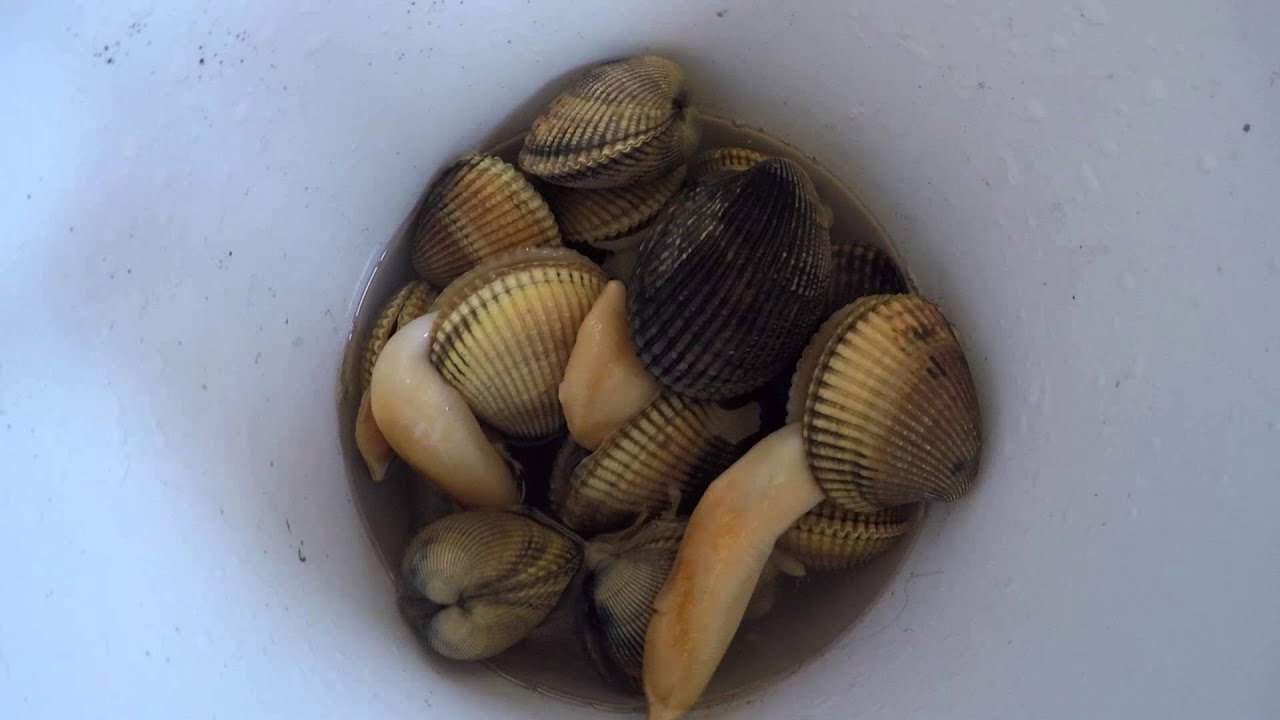
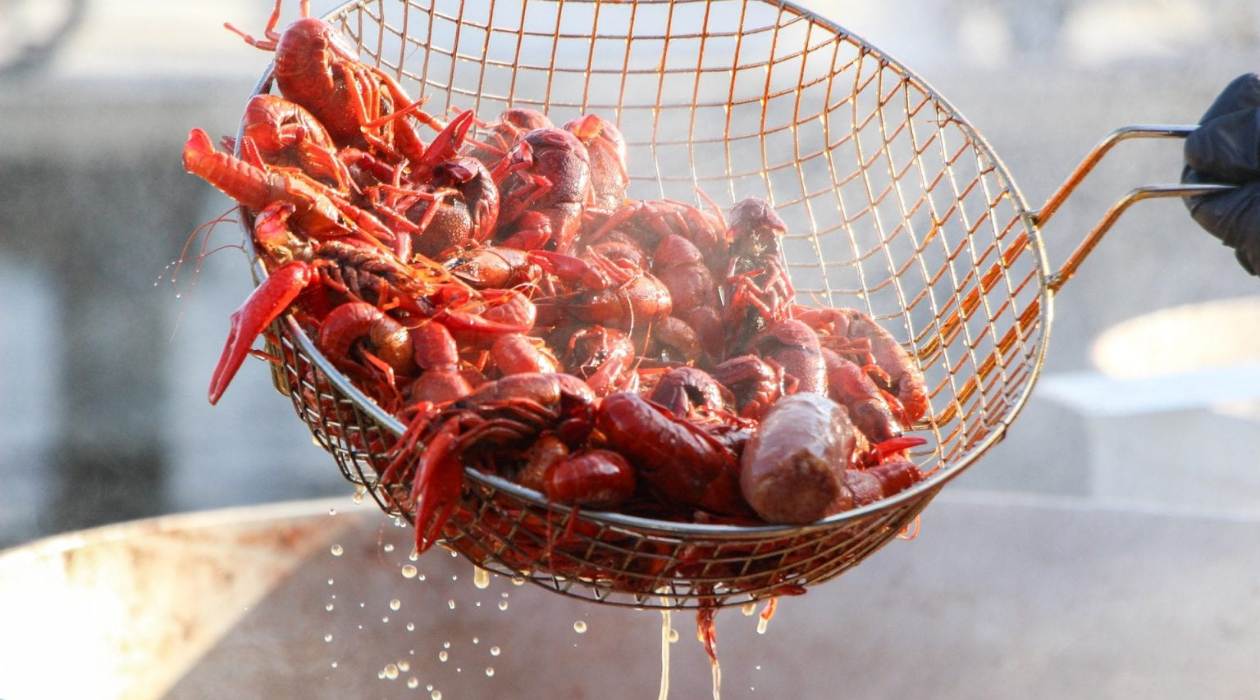
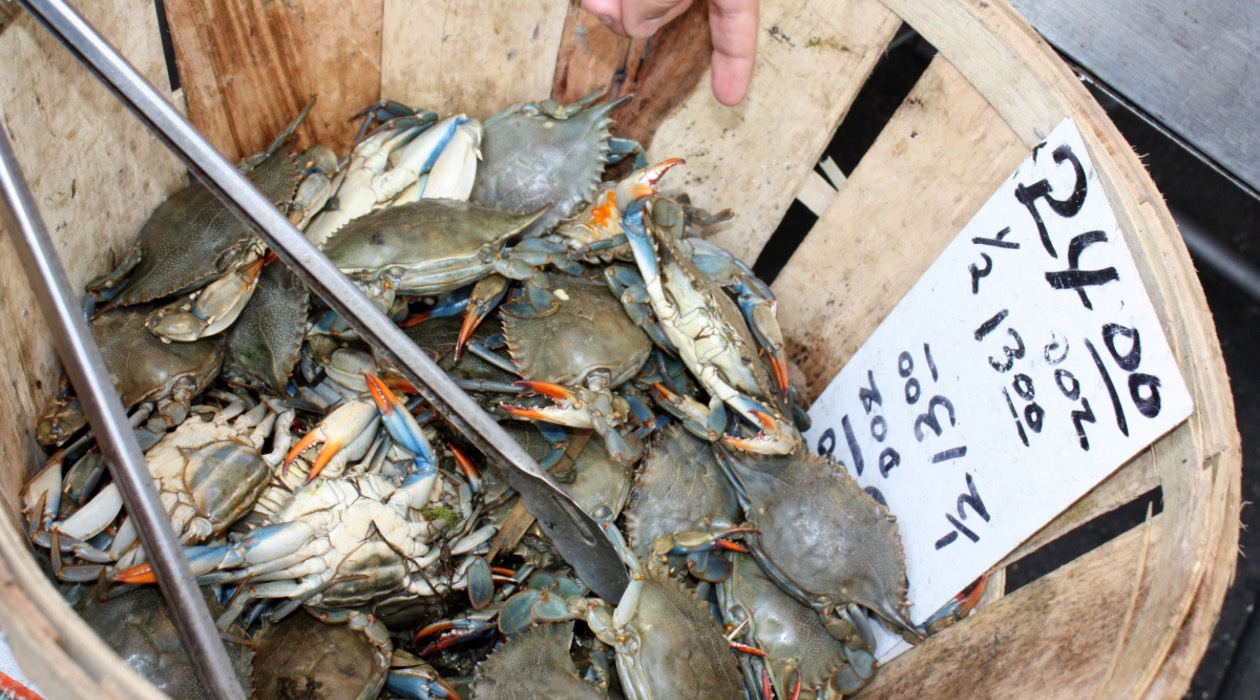

0 thoughts on “How To Store Crabs”